Musk plans for X, formerly known as Twitter, to start stripping headlines and other text from news articles, instead only showing their lead images.



SpaceX has taken a step further in its mission to enhance global internet connectivity with the unveiling of its third-generation (Gen 3) Wi-Fi for the Starlink satellite internet service. This announcement comes as a select group of customers have been invited via email to test the new at a cost of $200 USD, according to multiple individuals who received the invite.
“You’re Invited: New Starlink,” says the email, “As an early Starlink customer, you’re invited to a limited launch of our next generation WiFi We would love to hear about your experience, including setup, performance, or any other recommendations you may have, as these will be the firsts produced. […] You may order up to 3s per account. This offer applies only to your Starlink account. What’s improved? The new Gen 3 introduces WiFi 6 and tri-band radios to Starlink. With improved range, performance, and device support, the Starlink Gen 3 will extend your WiFi network throughout your home to provide a more consistent and reliable connection with faster speeds,” the company states. “The Gen 3 can replace your current, and multiple Gen 3s can be meshed together to extend the range of your WiFi network.”
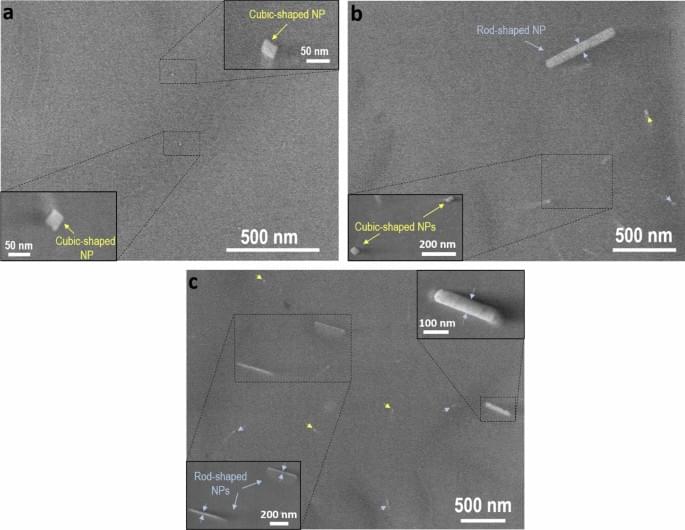
Rayleigh scattering enhanced nanoparticle-doped optical fibers, for distributed sensing applications, is a new technology that offers unique advantages to optical fiber community. However, the existing fabrication technology, based on in situ grown alkaline earth nanoparticles, is restricted to few compositions and exhibit a great dependence on many experimental conditions. Moreover, there is still several uncertainties about the effect of drawing process on the nanoparticle characteristics and its influence on the scattering enhancement and the induced optical loss. In this work, we shed light on all these issues that prevent the progress in the field and demonstrate the suitability of doping optical fibers with YPO4 nanocrystals for developing tunable Rayleigh scattering enhanced nanoparticle-doped optical fibers.
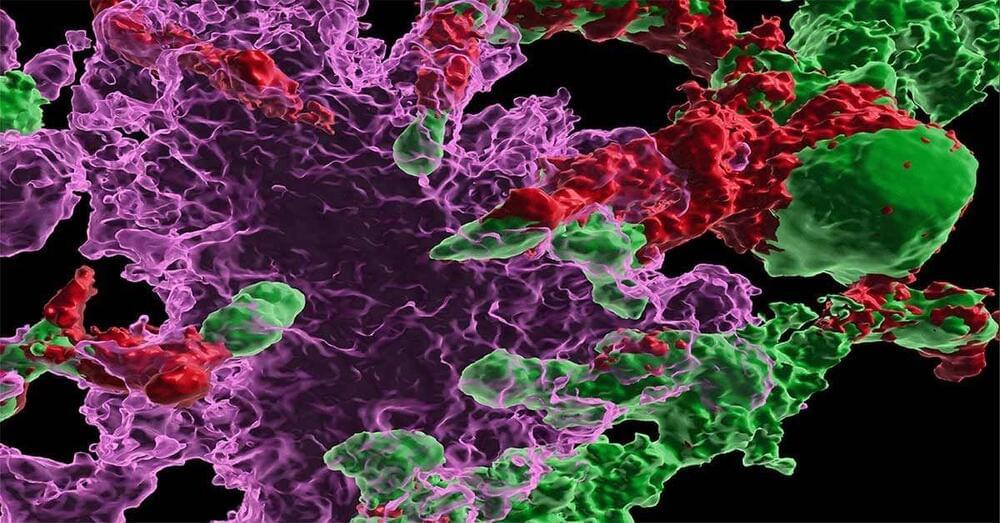
In the study, published August 8, 2023 in Cell Reports, the researchers demonstrate that transplanting hematopoietic stem and progenitor cells was effective in rescuing multiple signs and symptoms of Alzheimer’s in a mouse model of the disease. Mice that received healthy hematopoietic stem cells showed preserved memory and cognition, reduced neuroinflammation and significantly less β-amyloid build-up compared to other Alzheimer’s mice.
Future studies will further explore how the healthy transplanted cells produced such significant improvements, and whether similar transplant strategies can be used to alleviate Alzheimer’s symptoms in humans.
“Alzheimer’s disease poses a major emotional and economic burden on our society, yet there is no effective treatment available,” said Cherqui. “We are excited to see such promising preclinical results from hematopoietic stem cell therapy and look forward to developing a new therapeutic approach for this devastating disease.”
Co-authors of the study include: Alexander Silva, Jay Sharma, Jacqueline Nguyen, Donald P. Pizzo and Debashis Sahoo, all at UC San Diego, as well as Denise Hinz at the La Jolla Institute for Immunology.
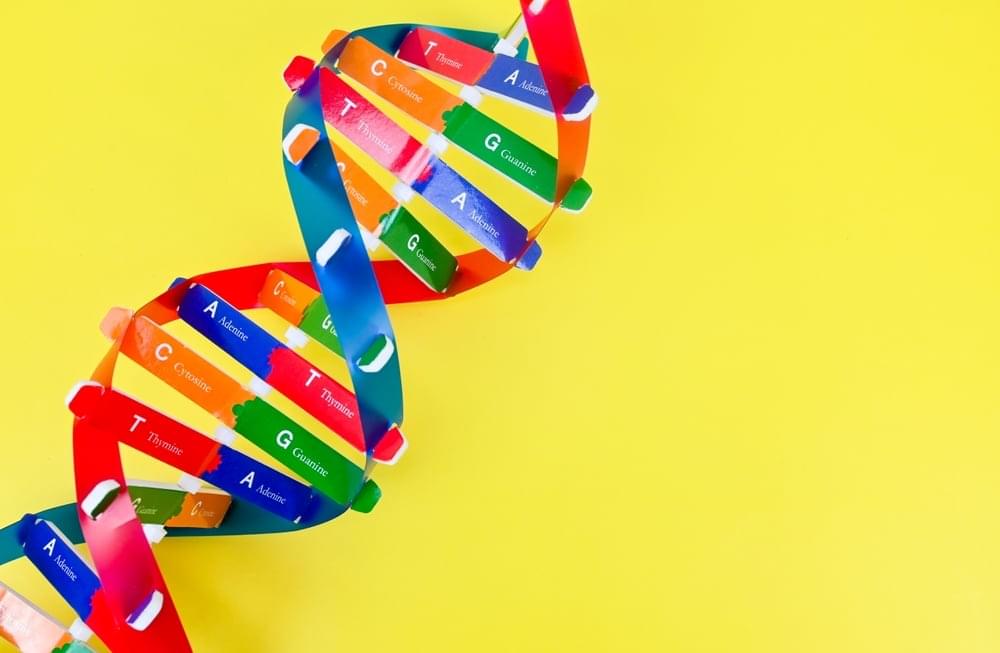
However, there is currently no base editor to directly edit G or T, since deamination of G rarely causes base conversion, while T lacks amino groups, making it a challenge to overcome the limitation and develop a new class of base editors. Therefore, there is still a need to edit G or T in many cases.
HuidaGene Therapeutics, a clinical-stage genome-editing company, says the National Science Review has published data from its study of the world’s first DNA base editor converting guanine to cytosine/thymine (pyrimidine), or G-to-Y.
The company has filed an international patent application for the glycosylase-based guanine base editor (gGBE) and owns the exclusive global rights to the underlying patent.
Current widely-used DNA base editors mainly integrate programmable DNA binding proteins (Cas9, Cas12, or TALE protein variants) with base deaminases (cytidine deaminase or adenosine deaminase variants). There are mainly two types of base editors: ABE (adenine base editor) and CBE (cytosine base editor), which can realize A-to-G and C-to-T transition between bases 1–2.
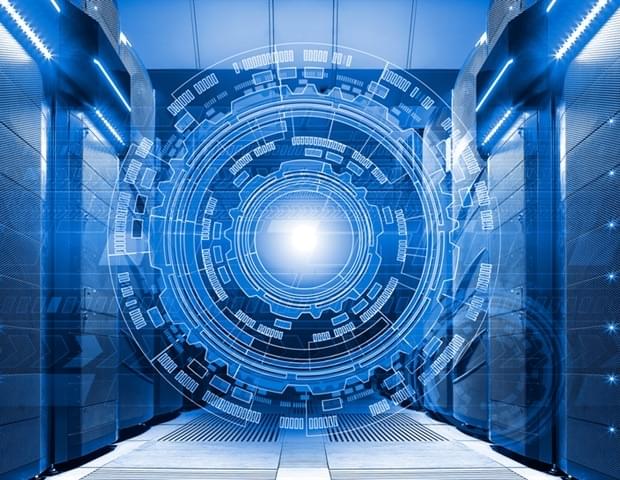
A new study led by investigators from Mass General Brigham has found that ChatGPT was about 72 percent accurate in overall clinical decision making, from coming up with possible diagnoses to making final diagnoses and care management decisions. The large-language model (LLM) artificial intelligence chatbot performed equally well in both primary care and emergency settings across all medical specialties. The research team’s results are published in the Journal of Medical Internet Research.
Our paper comprehensively assesses decision support via ChatGPT from the very beginning of working with a patient through the entire care scenario, from differential diagnosis all the way through testing, diagnosis, and management. No real benchmarks exists, but we estimate this performance to be at the level of someone who has just graduated from medical school, such as an intern or resident. This tells us that LLMs in general have the potential to be an augmenting tool for the practice of medicine and support clinical decision making with impressive accuracy.
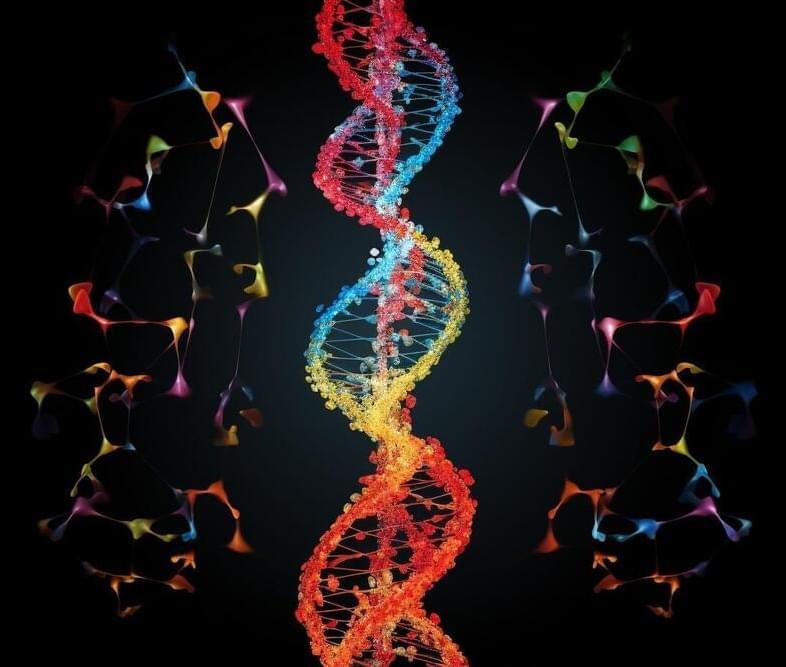
Summary: Researchers successfully sequenced the entire Y chromosome, previously considered the most elusive part of the human genome.
This feat enhances DNA sequencing accuracy for this chromosome, aiding the identification of genetic disorders. Using state-of-the-art technologies, the team pieced together over 62 million letters of genetic code.
This breakthrough, in tandem with the previous reference genome T2T-CHM13, offers the first complete genome for those with a Y chromosome.
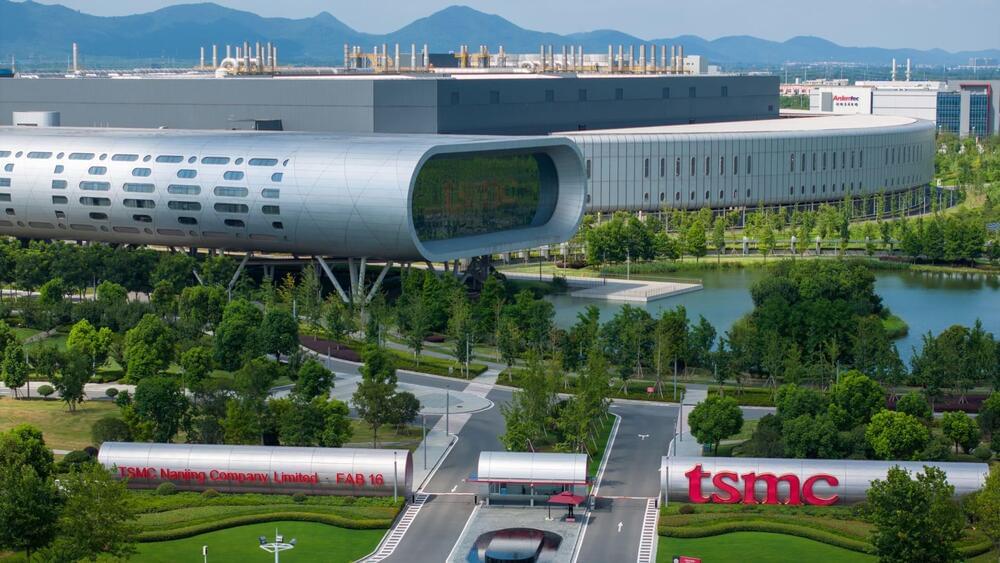
Mezli chef Eric Minnich designed a menu for both diner’s delight and ease of robotic cooking.
The only areas where AI is flourishing are shamming, spamming & scamming.